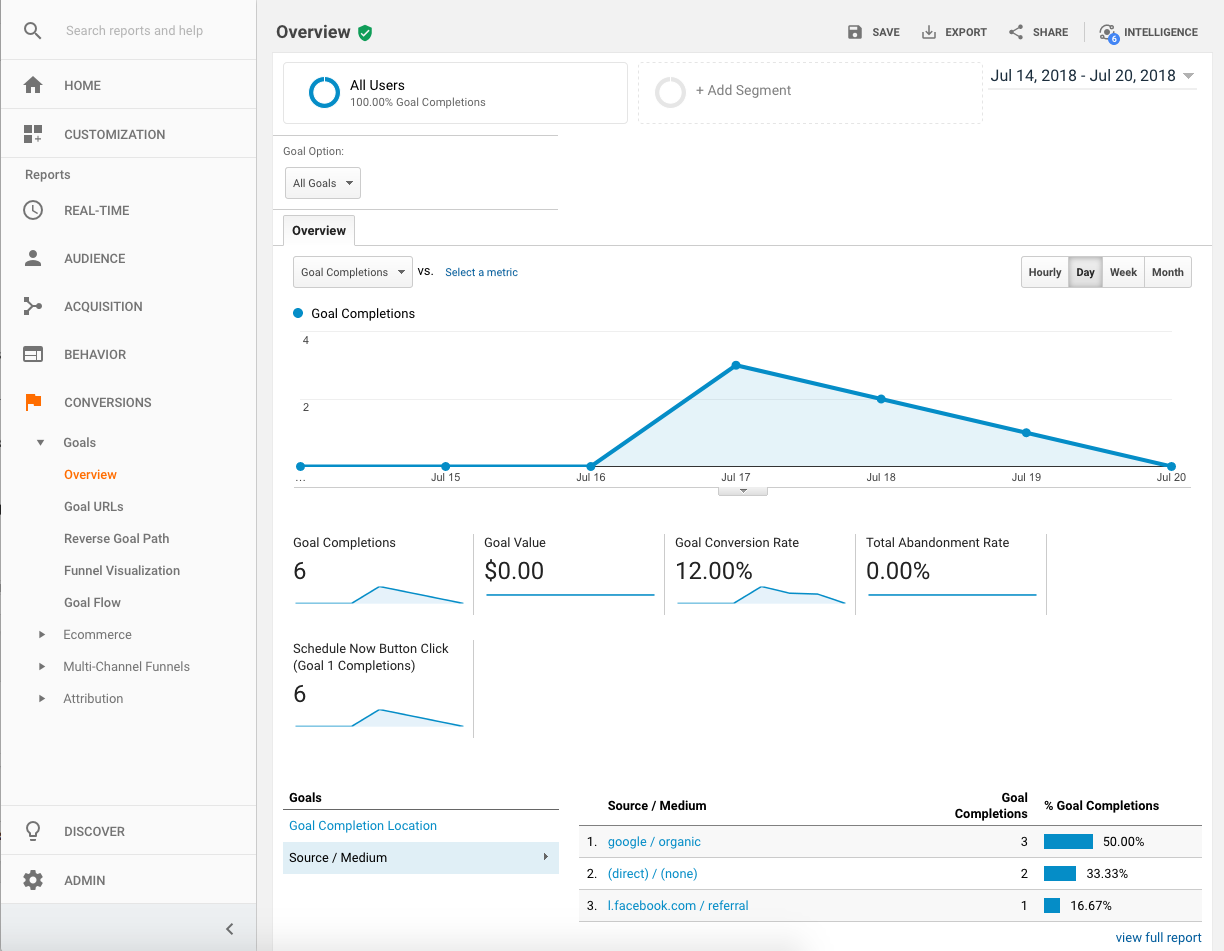Discover What Data Is Google Analytics Goals Unable to Track
Wiki Article
Introducing the Blind Spots: Understanding What Google Analytics Goals Can not Measure
In the realm of digital analytics, Google Analytics stands as a powerful tool for tracking and evaluating on the internet individual communications. Nevertheless, amidst its durable abilities, there exist unseen areas that often evade measurement. Comprehending what Google Analytics goals can not measure is critical for gaining a comprehensive sight of individual behavior and involvement. As we look into the intricacies of these blind spots, we reveal an intricate web of uncharted territories that hold beneficial understandings into user activities and motivations, challenging conventional knowledge and dropping light on the limitations of our data-driven understanding.User Habits on External Platforms
Recognizing how customers communicate on exterior platforms is crucial for enhancing online approaches. External systems, such as social media networks, reference sites, and on-line forums, play a considerable role in driving web traffic to a firm's site. By assessing user habits on these systems, companies can get valuable insights right into the effectiveness of their advertising initiatives and the choices of their target audience.One secret facet of user actions on external platforms is the reference source. By tracking where the customers are coming from, companies can recognize which platforms are driving the most traffic to their internet site. This info can aid business designate their sources better, concentrating on the platforms that produce the ideal results.

Offline Interactions and conversions
Analyzing customer habits on external platforms offers beneficial insights into on-line approaches; nevertheless, considering offline conversions and communications is similarly important for a thorough understanding of a business's overall efficiency. Offline conversions, such as in-store purchases or phone questions, play a considerable role in numerous businesses' success.
Acknowledgment Beyond Last Click
When diving into the realm of digital advertising and marketing analytics, it becomes important to look past the single touchpoint of the last click for a much more thorough understanding of attribution. While Google Analytics supplies useful understandings into user habits, counting only on last-click attribution can be limiting - what data is google analytics goals unable to track. Attribution models that exceed the last click use an extra nuanced sight of the customer journey, considering all the touchpoints that result in a conversionAcknowledgment past the last click permits online marketers to designate credit to numerous communications along the conversion course, offering a more clear photo of the performance of various advertising channels. By exploring multi-touch attribution versions such as straight, time decay, or position-based attribution, businesses can much better designate their marketing budgets and optimize their approaches for maximum impact.
Recognizing the impact of each touchpoint in the conversion process is critical for making notified decisions and taking full advantage of ROI. By embracing acknowledgment beyond the last click, businesses can obtain deeper resource understandings into customer actions and customize their advertising efforts better.
Cross-Device and Cross-Browser Monitoring

In a similar way, cross-browser monitoring complements cross-device monitoring by catching user behavior as they change in between different internet browsers. Recognizing exactly how users communicate with websites on various web browsers can help marketing professionals optimize their online experiences to ensure uniformity and functionality across various platforms.
Qualitative Information and User Intent
Comprehending customer intent with qualitative information analysis is crucial for establishing targeted digital marketing approaches that resonate with the requirements and choices of the target audience. Qualitative data offers insights into the 'why' behind customer actions, losing light on motivations, feelings, and preferences that quantitative data alone can not record. By assessing user responses, remarks, and communications, marketers can reveal beneficial details about user intent, allowing them to tailor their messaging, material, and offerings to better align with what their target market is seeking.Qualitative data also aids in comprehending the context in which individuals involve with an internet site or application. This contextual understanding enables marketing experts to develop more appropriate and individualized experiences, eventually driving higher interaction and conversion rates. By delving into customer intent through qualitative data analysis, services can get a deeper understanding of their target audience, leading to a lot more efficient advertising and marketing methods that go to website meet customers' needs and expectations.
Final Thought
Finally, Google Analytics objectives have limitations in measuring user actions on exterior systems, offline conversions, attribution past last click, cross-browser and cross-device tracking, and qualitative information associated to customer intent. what data is google analytics goals unable to track. It is very important for services to be conscious of these unseen areas in order to supplement their data analysis with other devices and methods to acquire a more comprehensive understanding of their target market and improve their overall digital marketing methodsBy assessing individual actions on these systems, organizations can get beneficial understandings right into the efficiency of their marketing initiatives and the preferences of their target audience.
Examining user actions on outside platforms gives important insights right into online methods; nonetheless, taking into consideration offline conversions and communications is equally imperative for a comprehensive understanding of a business's total efficiency.In digital marketing analytics, relocating past last-click attribution to explore cross-device and cross-browser monitoring is essential for getting i loved this a holistic understanding of individual interactions throughout various platforms and tools. By analyzing individual comments, comments, and communications, online marketers can reveal useful info concerning individual intent, permitting them to customize their messaging, content, and offerings to better line up with what their audience is seeking.
By diving right into user intent via qualitative information evaluation, companies can acquire a much deeper understanding of their target audience, leading to extra effective advertising and marketing strategies that meet individuals' requirements and assumptions.
Report this wiki page